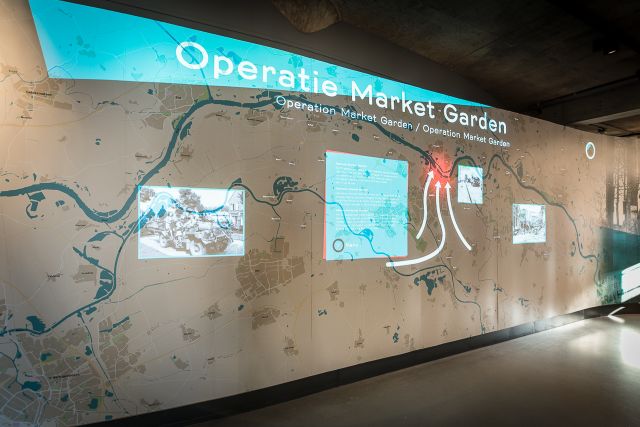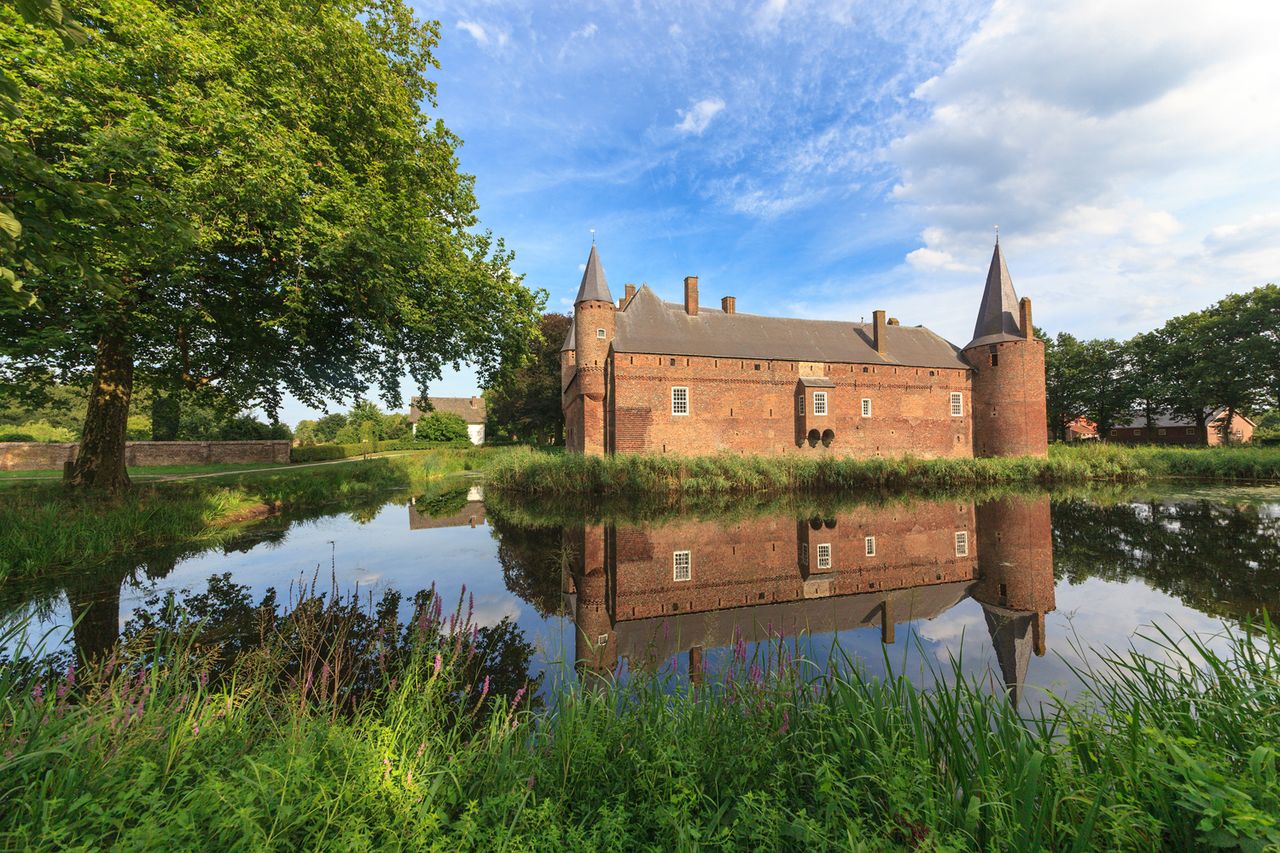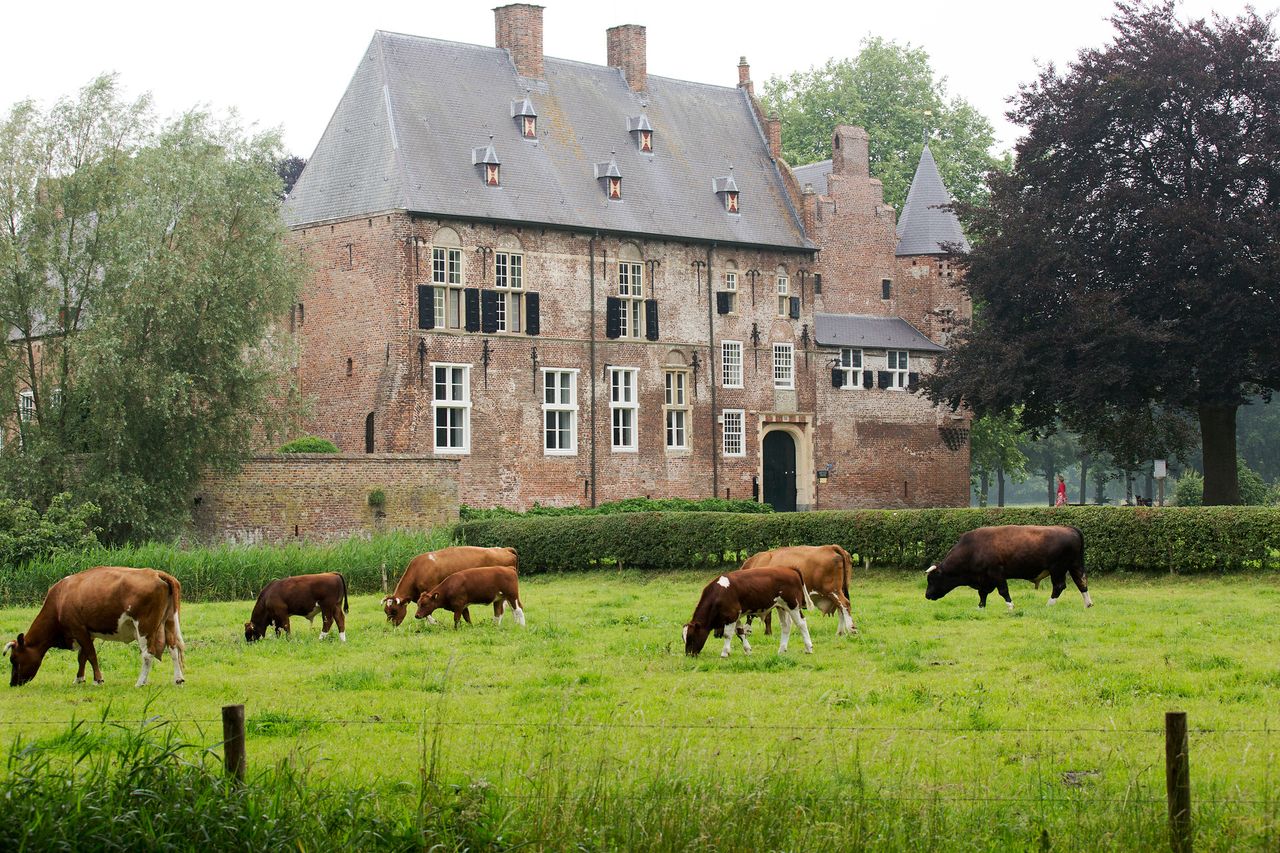Culture and Heritage
Rijk van Nijmegen breathes culture and history! The city is inextricably linked to the Romans, and much happened in the surrounding area in earlier times as well. Today, you still encounter traces of those times, surrounded by rolling countryside. In the region, you will hike past historical sites, castles and stately homes, see beautiful art in museums and gain new experiences. You will also find traces of heavy fighting during World War II. Join us on a cultural tour and see the best sites and museums in the area.
-
World War II
World War II
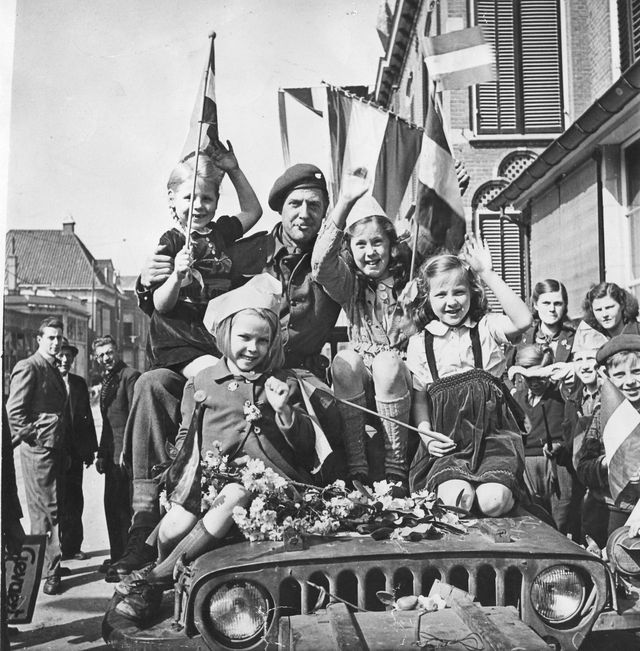
-
Museums
Museums

-
Castles and stately homes
Castles and stately homes
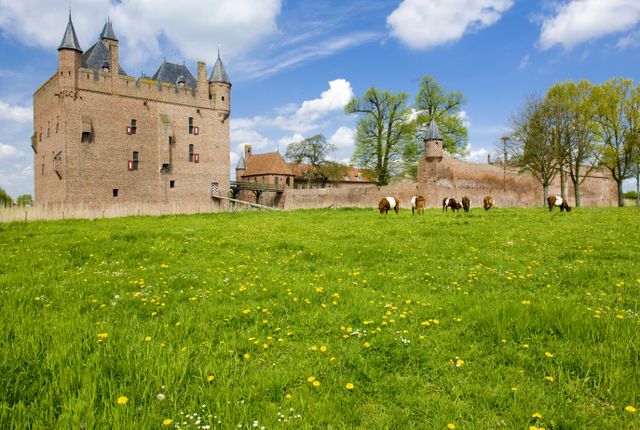
Romans in the region
The Limes is a Roman border marker. One that, according to the Romans themselves, "separated the civilized from the barbarians". It ran all the way from northern England to the Black Sea, via the Euphrates to the Red Sea onwards to the Sahara. Also right through the Netherlands, along the banks of the river Rhine. The special thing about this Lower Germanic section of the border is that it was in use for almost the entire period of the Roman Empire. Nowhere else did the Limes perform this function continuously. It is not for nothing the largest archaeological monument in the Netherlands and, since 2021, UNESCO World Heritage Site.
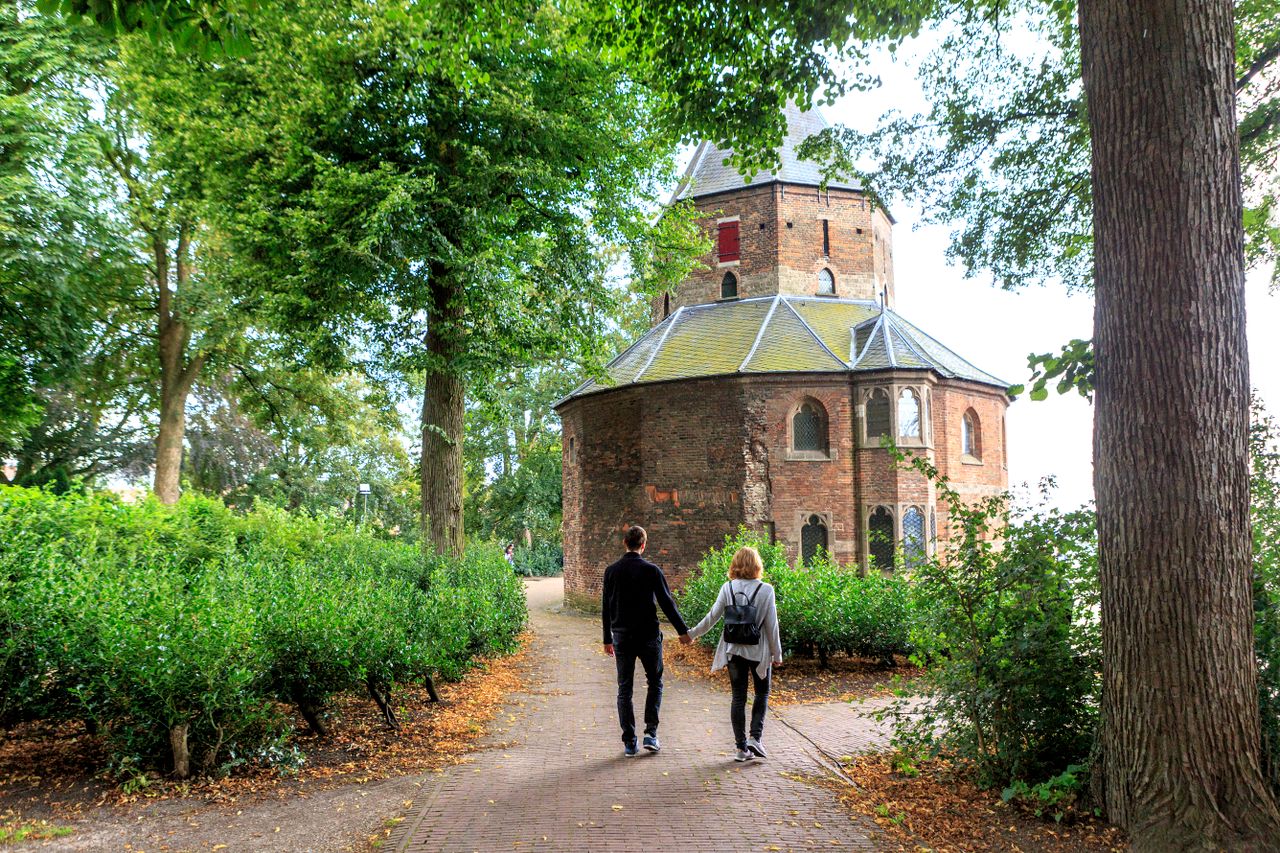
Around Nijmegen, the remains of the Limes have been made visible at various places:
* The Batavian city Oppidum Batavorum used to be located in what is now the centre of Nijmegen, near the Valkhof. The Romans built this city as an administrative centre for the Batavians, making it easier to exert influence. The aqueduct in Berg en Dal is another reminder of Roman times.
* The six thousand Romans that were stationed at Nijmegen naturally needed water. The channels, dams and valleys built for water transport can still be seen in the hilly landscape today.
* A third reminder is Church and Museum in Elst, where the foundations of a Gallo-Roman temple, the largest of its kind north of the Alps, are visible under the church floor.
* In De Bastei, you will learn all about the centuries-old interaction between man and river. Discover how Nijmegen was shaped by its strategic location at the Waal.
The face of Nijmegen
On Nijmegen's city island you can find a huge statue of a Roman mask created by artist Andreas Hetfeld. Through the eyes of the mask you cast a Roman view on Nijmegen (Noviomagus). Roman soldiers would have worn these masks during (game) battles, parades, ceremonies and tournaments.
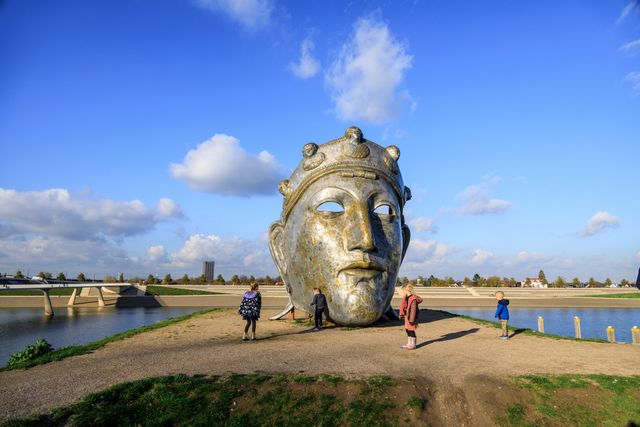
World War II
In the Nijmegen region, there was heavy fighting during World War II. Today, you still come across traces of that battle. In museums, but also subtly and subdued outside. So look around you when you are walking or shopping: pieces of history are all around.
